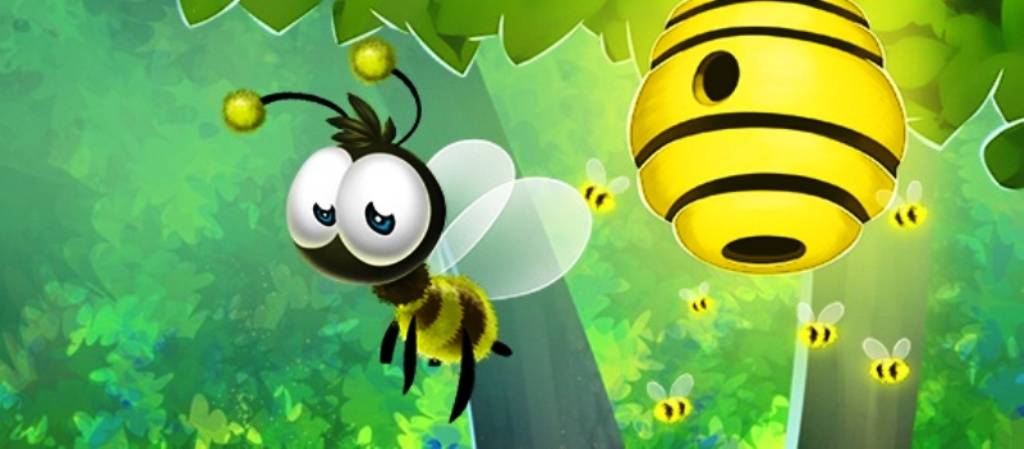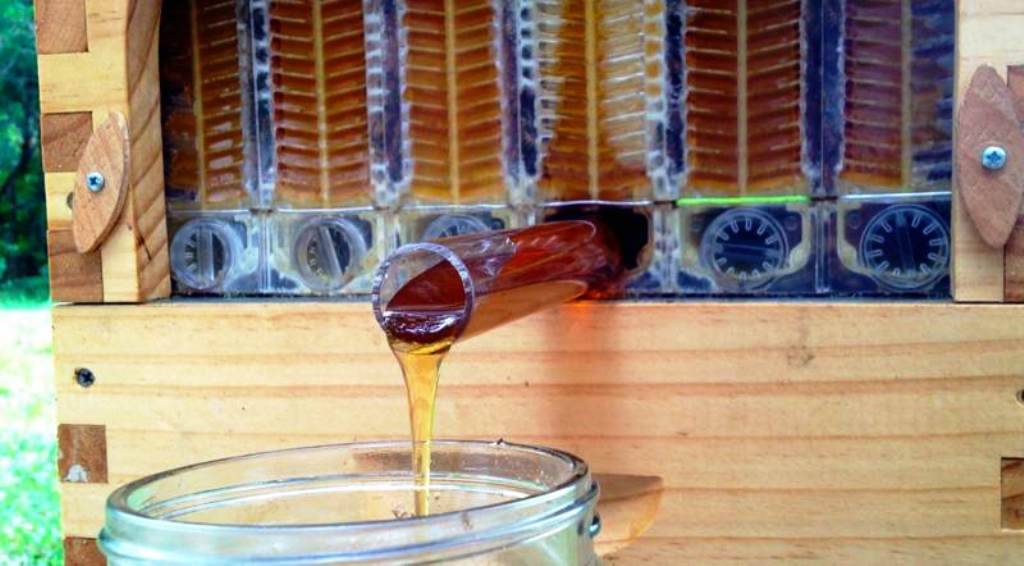
Bee Keeping is one of the oldest farm practices or businesses that existed in India and the world for decades. However, without proper implements and scientific way, it becomes a little bit difficult to do beekeeping. BeeKeepers need to be really clever while using their hands to bring out the honey from the honeycomb. But recently, science has innovated a new technique of getting honey from a beehive without harming the bees and harming the hands as well. Let’s know about the modern technique of getting honey which is bee-friendly as well as human-friendly.

What’s the New Technique and who has invented it?
In 2015, a father and son duo tried something different from their traditional beekeeping techniques for their bee farm. Stuart and Cedar Anderson hailing from Australia are involved in the business of beekeeping and honey production. When Stuart started this business, shortly after that he felt that he could do even better in this field. Keeping this in mind, he designed the "Flow Hive". Unlike the traditional beehive; this modern house is well-liked by many people associated with the business. The better production and process achieved by this was also appreciated and this is the reason that the demand for this special house has increased in many countries. Beekeepers of different countries are making good profits using it.
An expert Dr. Nitin Kumar, who trained many people related to the beekeeping business said, “This technology is successful in many countries and it is much better than the traditional one”. It started in Australia and now it is running in many places, he added.

Features of Flow Hive
This special and advanced mausoleum has been named "Flow Hive" which is prepared in such a way that honey can be easily found without teasing the bees. After pouring honey, it itself gets collected in a jar or a vessel that you have placed there. In this way, you do not have to work very hard to get honey.
Around 130 countries are using Flow Hive
Let us tell you that in view of its features and good profitability at low cost, more than 50,000 flow hives are being used in 130 countries around the world.
Flow Hive Design
Stuart and Anderson have built the flow hive in such a way that hours of work can be done in just minutes. Here, you will get a system like a tap from which honey comes out. You can also turn this tap ON or OFF. In this way, when you want honey, you can open it or close it accordingly. In this way, there is no damage to the bees and honey comes out of the honeycomb directly into the jar.

Flow Hive can be fitted Anywhere
Due to its design, it can be installed anywhere, even on flat or bumpy ground. At the time of preparing the honey, the beekeeper puts a handle in the monastery and rotates it, which later starts the process of extracting the honey. When the honey bees come to know that the honeycomb is empty, they return to work. In this box or mausoleum, you find a tray that is very useful. Even you can trap insects through this tray.
Moreover, you can also see bees from outside the box through the ventilation control system which is the major benefit of Flow Hive.















